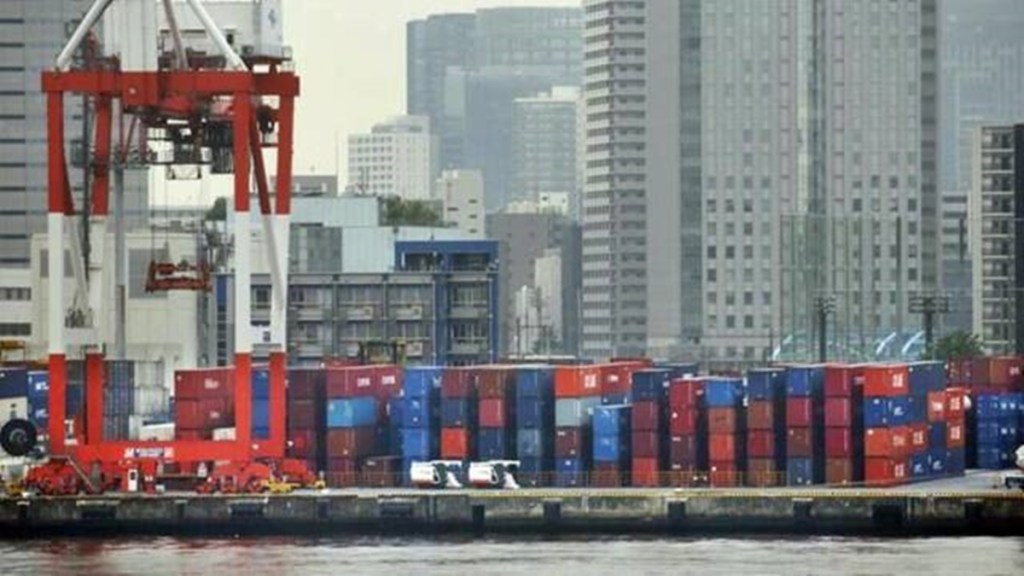Just four years after India’s independence, Gulzarilal Nanda, then minister for planning, had declared in Parliament that “there should be absolutely no apprehension that licensing will lead to anything but good.” He was referring to the enactment of the Industries Development and Regulation Act, 1951 (IDRA) which officially established what is now infamously known as the licence raj. Nanda got enthusiastic backing from prime minister Jawaharlal Nehru who said, “I believe… it is better to have a second-rate thing made in our own country than to rely on the first-rate thing which we have to import.” The statements sound regressive now, but they perhaps reflected the compulsions of a struggling new nation.
It’s over 70 years since the IDRA was promulgated and over 30 years since India discarded the licence raj mindset that might have started with good intentions but soon paved the road to economic hell. Surely, no one wants to go down that hatch again. However, 77 years after independence, the question that lingers on is whether India has again fallen in love with unabashed protectionism and some form of licence raj, as the policymakers have in recent years seem to have drawn inspiration from the country’s socialist past far too often. Consider this: With customs tariffs rising sharply in each Union Budget since 2018, India now figures among the most protectionist regimes in the world, surpassed by such countries as Sudan, Egypt and Venezuela. The rising import tariffs is a reversal of liberalisation started in 1991, which saw the weighted average tariff rate drop from 56.4% in 1990 to 4.88% in 2018 before resuming its upward journey once again.
As if that wasn’t enough, the last few days saw the return of the licensing regime for information technology hardware. It will reportedly be extended to other products as well. This non-tariff barrier is aimed at reducing surging imports from China, but it may end up having substantial costs in sectors that need these restricted products to remain competitive, such as ITeS exports. In any case, such restrictions look more like bureaucratic desperation rather than a well-considered industrial policy. Earlier in 2020, the government had put certain categories of pneumatic tyres on the restricted list—requiring importers to obtain a licence. The point is that the move to suddenly label items as restricted doesn’t even ban them; it merely adds to the red tape for businesses. Another recent example of this approach is the ban on the export of non-basmati white rice, though the country has stocks well in excess of buffer stock requirements. In the process, India has done no good to its international reputation as a reliable supplier in a global rice market, where it is the largest exporter.
India must stop this protectionist backsliding. A much better approach towards strengthening the foundations of Indian industry, particularly the manufacturing sector, is through enhancing its domestic and global competitiveness. The recent moves are particularly surprising as prime minister Narendra Modi made headlines in 2018 when, delivering a speech at the World Economic Forum in Davos, he reprimanded those taking the world back to an era of protectionism and said the natural flow of globalisation shouldn’t be stopped. He should walk his talk. Otherwise, the impression that politicians in India fear greater economic integration because they aren’t convinced that we can be competitive with our peers will be reinforced.


